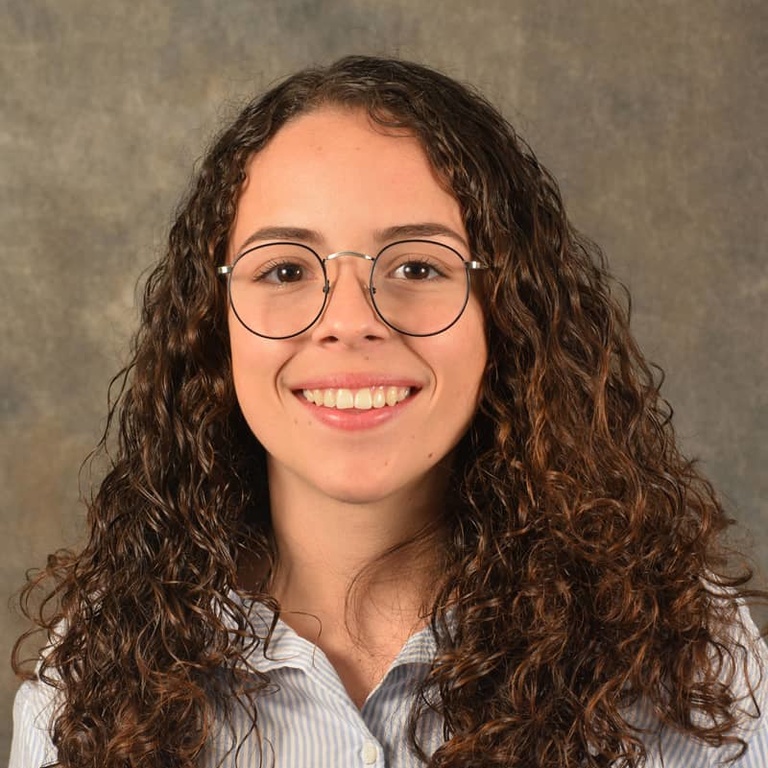Sahayra Martinez-Candelario
A fundamental event during embryogenesis of all metazoans is the formation of the primary mouth, which refers to the fusion of anterior ectoderm with the involuting endoderm. The cellular biology underlying this interaction is poorly understood: why does the mouth form where it does? Mutations in the gene encoding transcription factor Interferon Regulatory Factor (IRF6) cause cleft palate, and in mouse IRF6 is essential for differentiation of epidermis and oral periderm, the most superficial layer of oral periderm. In zebrafish, IRF6 mutants undergo embryonic death during gastrulation. Recently the Cornell group discovered that, unexpectedly, forced global expression of a dominant negative variant of IRF6 (i.e., dnIRF6) after gastrulation is completed, results in an animal lacking a primary mouth. This implies IRF6 is necessary for fusion of the external (ectoderm) and internal (endoderm-derived) epithelia. However, it is unclear which of these two epithelia, or both, depend on IRF6 function for this event. We hypothesize that it is necessary in the external epithelia. To test this hypothesis, we plan to drive expression of dnIRF6 in both epithelia (separately), anticipating that upon its expression in external epithelia, mouth formation will be blocked, while upon its expression in internal epithelia, mouth formation will be normal. This summer, I have been building a plasmid composed of an endoderm specific promoter (Sox17), cDNA encoding dnIRF6, and cDNA encoding Estrogen Receptor ligand binding domain (ERT2). The Sox17 promoter gives spatial control, while the ERT2 gives temporal control: only when we add artificial estrogen (tamoxifen) will the dnIRF6 be transported to the nucleus. To build this plasmid I have been using Gateway cloning technology (Invitrogen). I fuse insert and vector molecules using LR reactions, transforming the resulting DNA into chemically-competent bacteria (NEB5α), plate the reaction, and incubate the plates overnight. After a day of incubation, I extract (MiniPrep Kit) plasmid DNA and confirm that the vector was created correctly by sequencing. I will inject plasmid into zebrafish embryos resulting in transgenics. I will raise the F0 to adulthood, cross them, and identify F1 embryos that carry the transgene: these animals will carry the transgene in all cells. Ultimately, these F1 animals will be crossed, tamoxifen added, and formation of the mouth evaluated. I anticipate that keratin 4 (K4) expression, a marker of differentiated epithelia, will be blocked in internal epithelia but not external, indicating that the dnIRF6 construct functioned as anticipated, but that mouth formation will occur normally. The short-term and long-term significance of this study is that it will improve the understanding of mouth development, and fundamental event in animal development, and a model of epithelial fusions in general.
